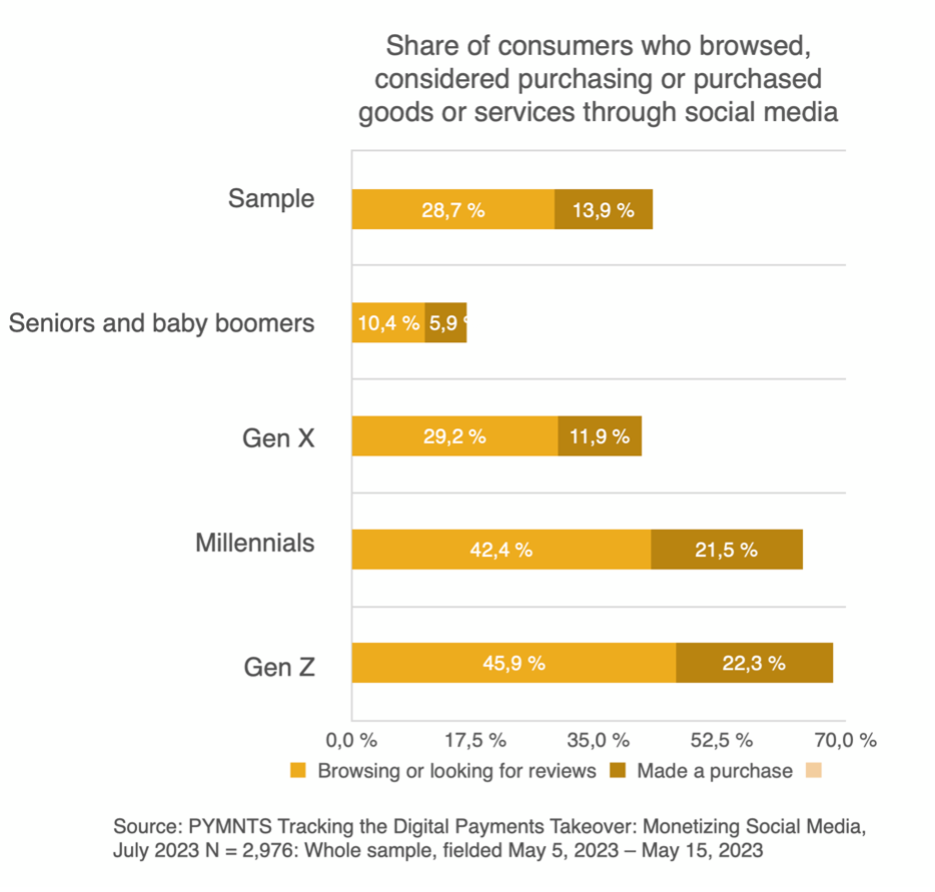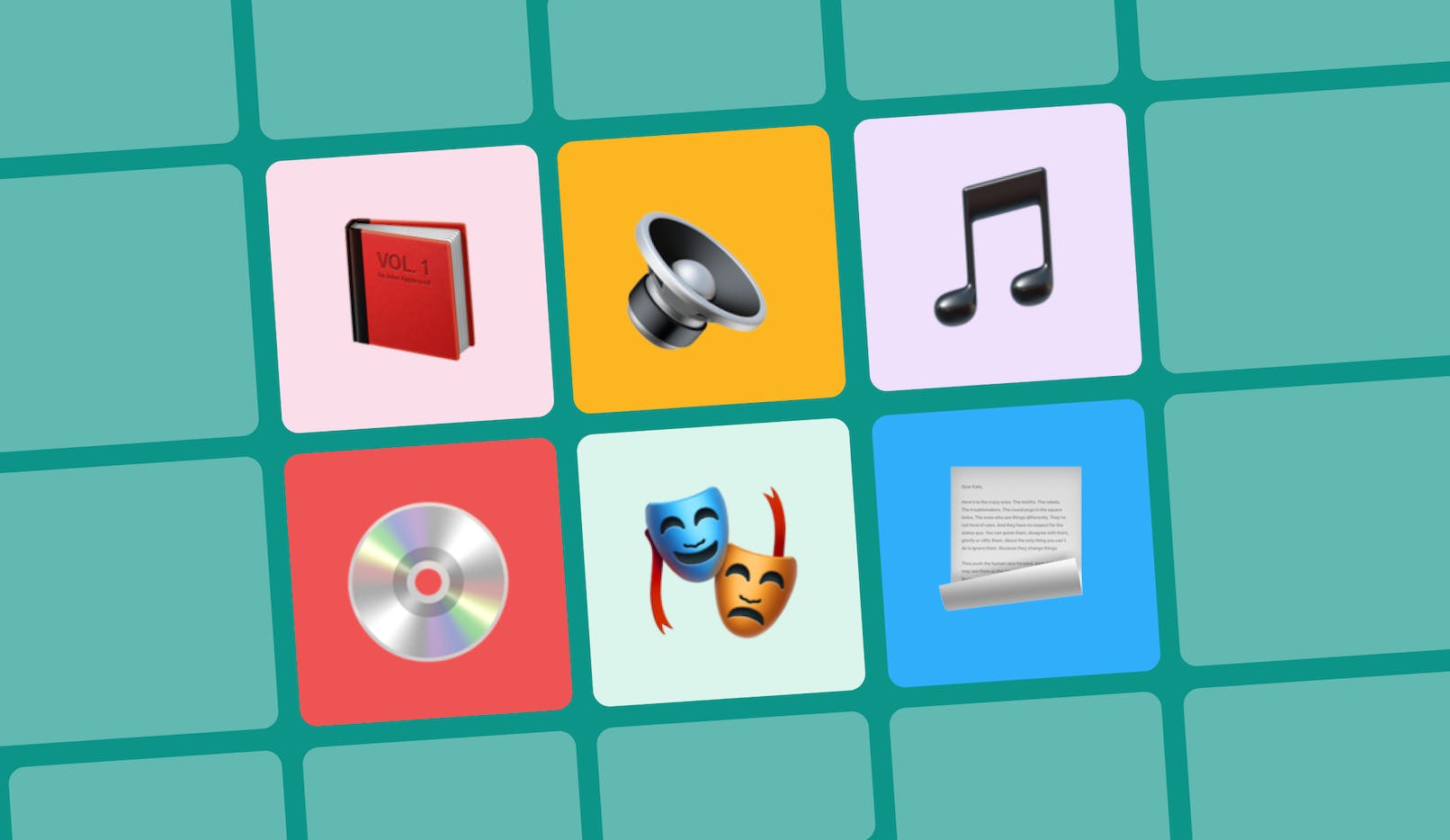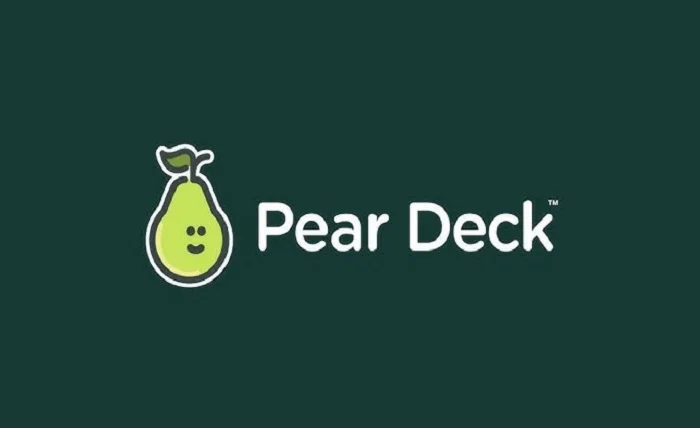Media is a term that is used to describe various forms of communication that are used to reach a large audience. It includes traditional forms such as television, radio, newspapers, and magazines, as well as newer forms such as social media and online platforms. In today’s society, media has become an integral part of our daily lives and has a significant impact on how we perceive the world around us.
The definition of media can be quite broad, as it encompasses a wide range of communication channels and technologies. However, at its core, media refers to the means through which information, ideas, and opinions are transmitted to the public. It plays a crucial role in shaping public opinion and influencing cultural trends. With the advancements in technology, the concept of media has evolved significantly, making it more accessible and diverse than ever before.
Characteristics of Media

- Mass Communication: One of the primary characteristics of media is that it allows for mass communication. It enables a single message to reach a vast audience, regardless of geographical or time barriers. This is made possible through various mediums such as television, radio, and the internet, which have a global reach and can transmit information in real-time.
- Influence and Persuasion: Media has the power to influence and persuade individuals, whether consciously or subconsciously. Through the use of images, text, and sound, media can shape our thoughts, beliefs, and behaviors. Advertisements, for example, use persuasive techniques to convince consumers to purchase a product or service.
- Entertainment and Information: Another characteristic of media is that it serves as a source of both entertainment and information. Television shows, movies, and music provide us with a form of escape and relaxation, while news programs and documentaries keep us informed about current events and issues.
- Two-Way Communication: While traditional media was primarily a one-way communication channel, the rise of social media has made it possible for audiences to engage and interact with content creators. This two-way communication allows for a more personalized and interactive experience.
- Profit-Driven: In today’s world, media is largely driven by profit. Companies and organizations use media to advertise their products and services, while media outlets rely on advertising revenue to stay in business. As a result, the content produced by media can often be biased or influenced by corporate interests.
Types of Media

- Print Media: Print media includes all forms of written publications such as newspapers, magazines, and books. It was one of the earliest forms of media and played a significant role in disseminating information before the rise of technology.
- Broadcast Media: Broadcast media refers to television and radio, which transmit information through airwaves to a wide audience. These forms of media have a broader reach compared to print media and allow for real-time transmission of news and events.
- Digital Media: With the advent of the internet, digital media has become increasingly popular. It includes online platforms such as websites, blogs, social media, and streaming services. Digital media allows for instant communication and dissemination of information on a global scale.
- Social Media: Social media is a subset of digital media that focuses on user-generated content and interaction. It includes platforms such as Facebook, Twitter, Instagram, and YouTube, which have become integral parts of our daily lives.
- Outdoor Media: Outdoor media encompasses all forms of advertising that are displayed outdoors, such as billboards, posters, and banners. It targets people who are on the move and provides a visual impact to capture their attention.
Functions of Media

- Informing: The primary function of media is to inform the public about current events, news, and issues. It serves as a source of knowledge and keeps individuals up-to-date with what is happening in the world around them.
- Educating: Media also plays a crucial role in educating the public about various topics and issues. It can spark discussions and debates, raise awareness, and provide a platform for different perspectives to be shared.
- Entertaining: Another important function of media is to entertain its audience. Television shows, movies, and music provide a form of escapism and relaxation, allowing individuals to unwind from their daily lives.
- Persuading: Media has the power to persuade individuals to take certain actions or believe in particular ideas or values. Advertisements, for example, use persuasive techniques to encourage consumers to make a purchase.
- Socializing: Social media, in particular, functions as a tool for socialization, allowing individuals to connect with others and form online communities. It provides a sense of belonging and allows for the sharing of ideas and opinions.
Media Consumption

Media consumption refers to the amount of time an individual spends engaging with various forms of media. It has become an essential part of our daily routine, with many people spending multiple hours each day consuming media through television, radio, social media, and other digital platforms.
The rise of technology and the internet has led to a significant increase in media consumption. With the ability to access media content anytime and anywhere, individuals are constantly connected to their devices, resulting in a constant stream of information and stimuli.
However, media consumption can have both positive and negative effects on individuals. On one hand, it allows for easy access to information and entertainment, while on the other hand, it can lead to addiction, decreased productivity, and exposure to biased or false information.
Media Literacy
Media literacy refers to the ability to critically analyze and interpret media messages. With the vast amount of information and media content available, it is essential to possess media literacy skills to navigate through it effectively.
Media literacy involves understanding how media is created, who produces it, and for what purpose. It also includes the ability to identify bias and manipulation within media messages and to think critically about the information presented.
In today’s digital age, where anyone can create and share content online, media literacy has become more critical than ever. It allows individuals to be informed consumers of media and to evaluate the credibility and accuracy of information.
Media Bias
Media bias refers to the deliberate or unintentional favoring of one viewpoint over another in media content. It can manifest in various forms, such as political bias, corporate bias, or cultural bias.
The rise of social media and online news sources has made it easier for biased information to spread quickly and reach a large audience. With the ability to share articles and opinions with just a click, false or misleading information can sometimes be presented as factual.
Media bias can have a significant impact on how the public perceives certain issues or events. It can influence public opinion and shape attitudes towards specific groups or individuals. As consumers of media, it is crucial to be aware of potential biases and to seek out multiple sources of information.
Media Ethics
Media ethics refer to the moral principles and standards that govern the conduct of media professionals. It involves making decisions that are ethical and responsible when producing and disseminating media content.
Ethical issues in media can arise in various situations, such as reporting sensitive information, using images without consent, or manipulating information to fit a particular narrative. Media professionals must adhere to ethical guidelines to ensure that they are not violating the rights of individuals or promoting harmful ideologies.
In today’s fast-paced media landscape, where competition and profit can often take precedence, it is essential to uphold ethical standards in the production and distribution of media content.
Media Law
Media law refers to the legal regulations and restrictions that govern the production and dissemination of media content. These laws vary from country to country and cover a range of issues, including freedom of speech, defamation, copyright, and privacy.
In some countries, media is heavily regulated, while in others, it operates with more freedom. In recent years, there has been a rise in discussions surrounding media law, particularly in regards to online platforms and their responsibilities in regulating content.
Media law plays an important role in ensuring that media outlets are held accountable for their actions and that individuals’ rights are protected. It also sets boundaries for what can and cannot be shared in the public sphere.
The Future of Media
As technology continues to advance at a rapid pace, the future of media looks to be even more diverse and accessible. Virtual reality, augmented reality, and artificial intelligence are just some of the technologies that have the potential to transform the way we consume and interact with media.
With the rise of social media and online platforms, traditional forms of media such as television and print may see a decline in popularity. As audiences become more fragmented, media companies will need to adapt and find new ways to reach and engage with their target audience.
The future of media also presents ethical challenges, with concerns about data privacy, fake news, and biased information on the rise. It will be crucial for media professionals and consumers alike to stay informed and educated about these issues to ensure responsible and ethical use of media.
Conclusion
In conclusion, media plays an integral role in our lives, shaping our thoughts, beliefs, and behaviors. Its definition has evolved over the years, and with the advancements in technology, its impact has become more significant than ever before.
The characteristics, types, and functions of media highlight its dynamic nature and the influence it has on society. However, as consumers of media, it is essential to be aware of the potential biases and ethical implications of media content.
The future of media looks to be exciting and challenging, with new technologies paving the way for innovative forms of media. As we move forward, it will be essential to uphold ethical standards and promote media literacy to ensure responsible and informed consumption of media.
Also visit for more blogs at : 10 Inventions That Could Change the Future



